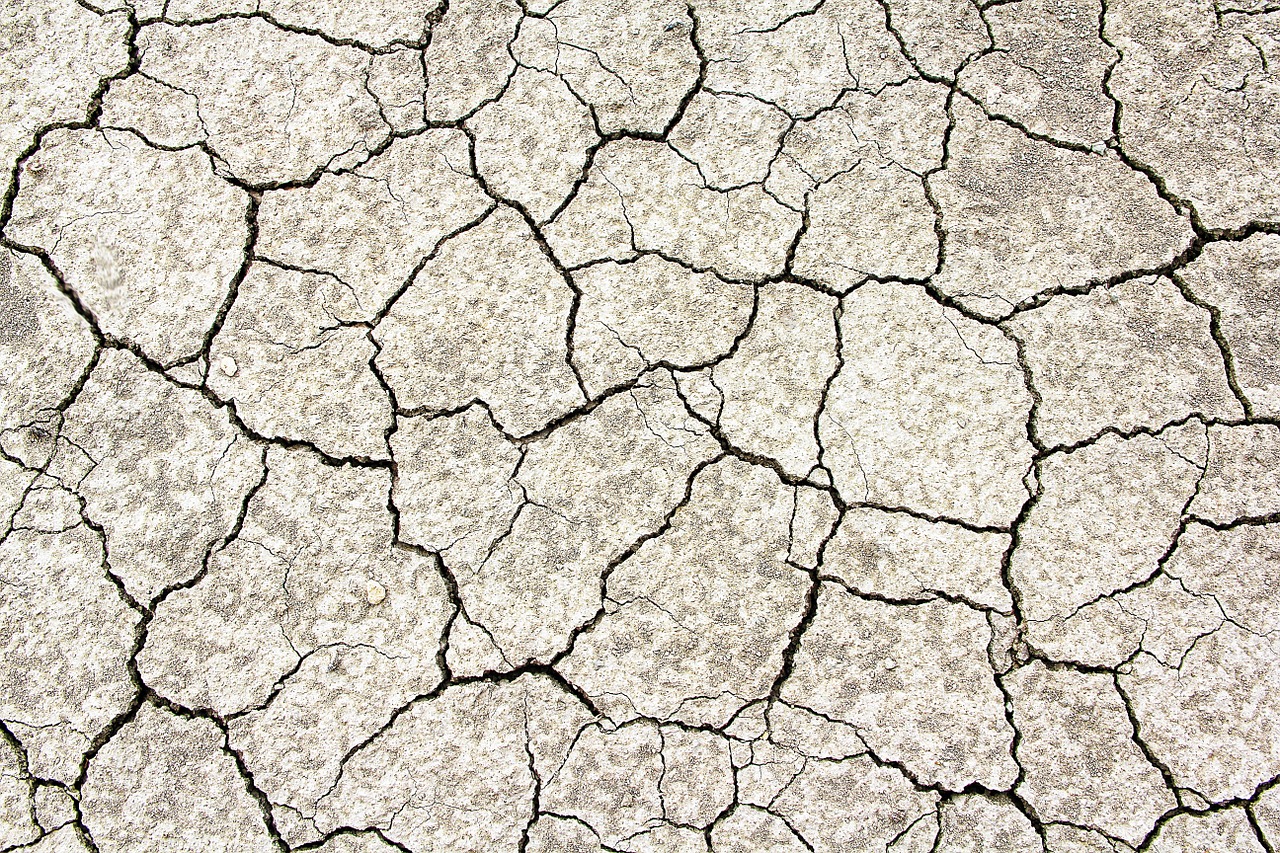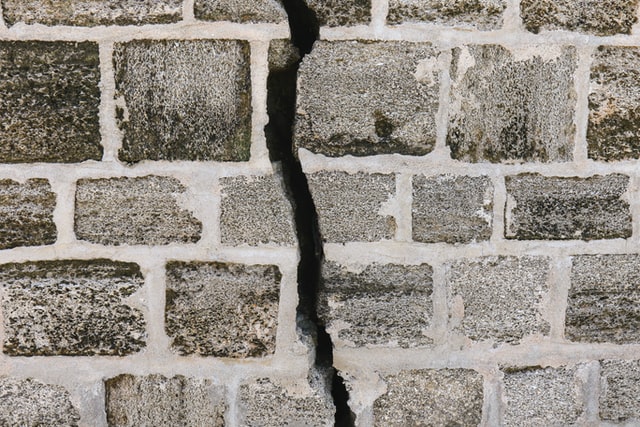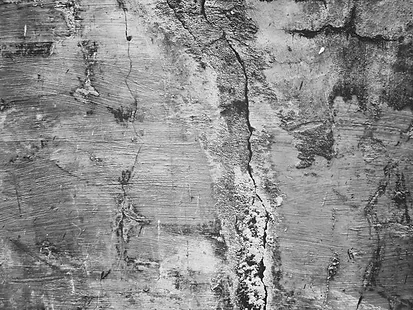Cracks
A homeowner’s worst nightmare is waking up to a flooded basement after a severe thunderstorm overnight. The destruction of your furniture, valuables and electronics, not to mention a threat to your home’s structural integrity, are all consequences from not having basement waterproofing installed by a knowledgeable professional. One of the most common causes of a wet basement is foundation cracks. When there is a gap in the foundation, essentially the base of which your home is built on, water pools around the exterior of the house then rush in through even the tiniest of cracks. Not every storm will flood your basement, however the smell of dampness will linger and is the first sign of an impending mould issue.
Mould is a serious hazard to yours and your family’s health, especially if someone in your home suffers from a respiratory illness or disorder. To help you better understand the factors and consequences associated with un repaired foundation cracks, QW has outlined the most vital information to move forward with help from a professional.
The 4 Warning Signs of a Crack in the Foundation:
Cracks on walls, over doorways, windows, or ceiling corners
Door(s) start to jam or not latch
Cracks in vinyl or ceramic tile over a concrete floor
Window(s) becomes harder to open and close or won’t close completely


Inspect Structural Components
There are components that contribute to your home’s structural integrity; in your basement and/or crawl space, check the support posts and or piers to ensure they are standing at a firm 90 degrees.
You should not find any puddles or see wet framing in your crawl space. You can check to see if the framing is rotted by probing the wood with a screwdriver.
If you find puddles or signs of moisture in your crawl space, then it’s a sign of poor draining around the exterior of your home. This can be due to a blocked gutter or the soil does not slope away from your home at a rate of 6 in. for every 10 feet around the foundation.
How to Fix Vertical Foundation Cracks:
Over the years, we often see vertical foundation cracks that either go straight up or slightly diagonal. They are not a serious concern because most homes have them. Vertical foundation cracks are caused by the concrete facing intense tension, however most homes will see one or two cracks after a few years of the home’s construction. Vertical cracks don’t pose a threat to the structural integrity of your home, but puts your basement at risk of flooding. Water can seep through these cracks after a heavy rain and pool along the foundation then pour into your home.
Vertical foundation cracks are repaired using a urethane or epoxy injection through small holes drilled into the crack. The sealing material used is also flexible so it does not reopen in the future due to further settling of the home.


How to Fix Horizontal Foundation Cracks:
Horizontal foundation cracks are the most serious and caused primarily by a bowing foundation. If the backfilling of gravel and dirt is not done properly, then there will be a disruption in drainage, which creates pressure against the foundation wall leading it to bow inwards. If not addressed, a bowing foundation can cause structural failure of the foundation and collapse the house.
There are several approaches to repairing horizontal foundation cracks and a bowing foundation. A licensed structural engineer can assess the best course of action whether it be installing reinforcing posts/braces in the crawlspace or using anchors buried in the surrounding soil to pull the foundation wall to secure it in its original position.
